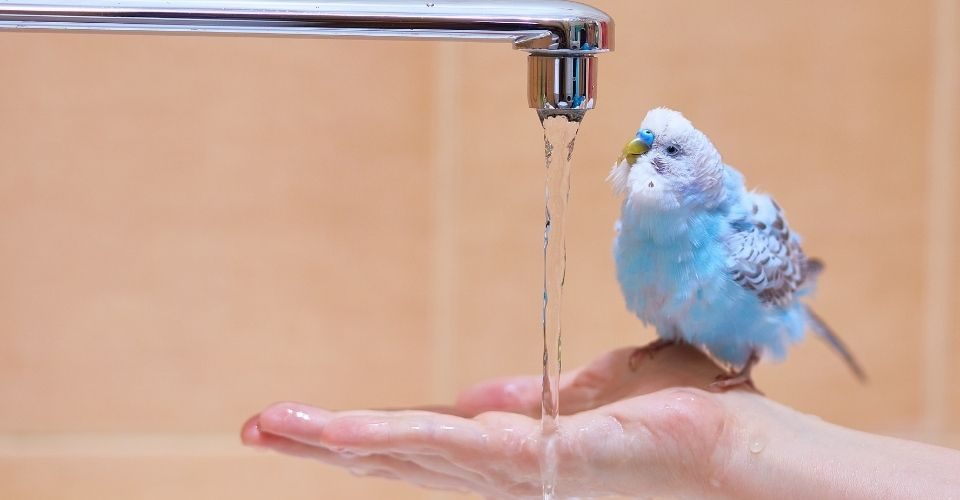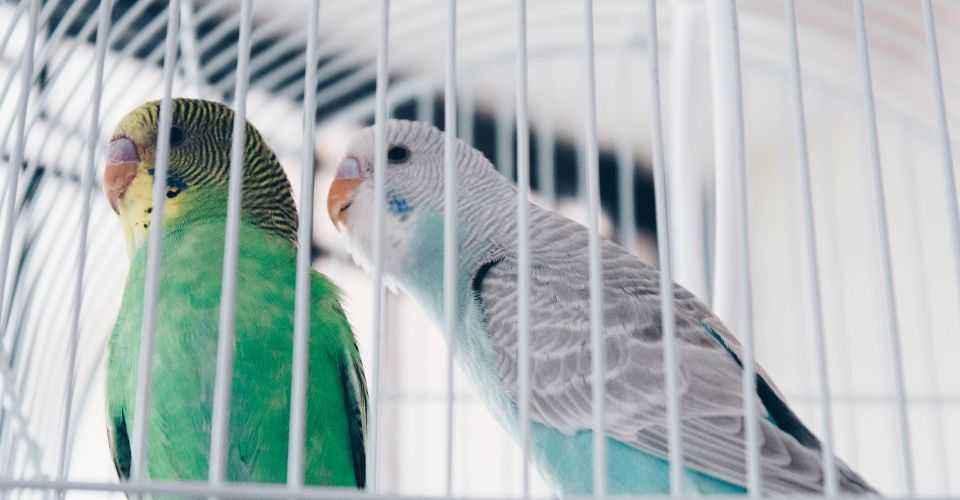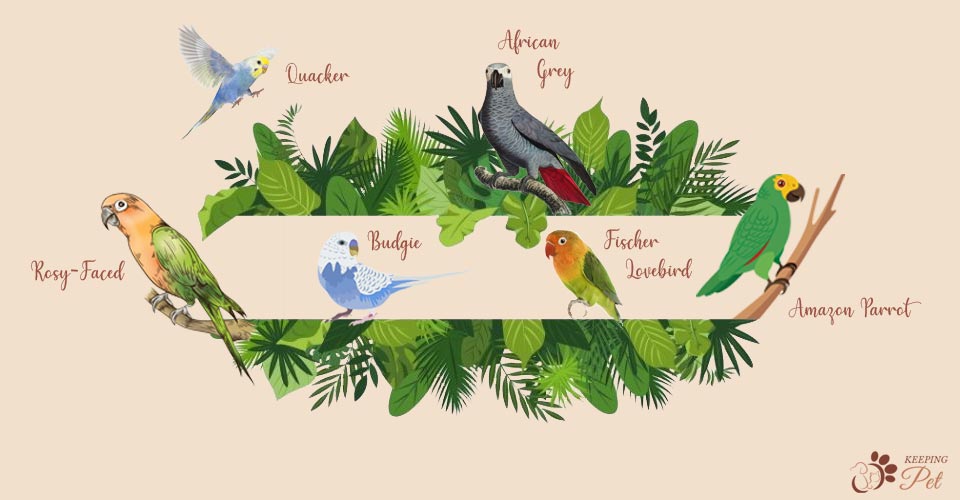Some pets don’t like water, or anything related to that, especially bathing, and sometimes it takes time and continuous effort to pick out the method their bird will enjoy and accept. But hygiene is important to a bird’s health, and even the reluctant ones should be conditioned to accept it.
Bathing your parakeets is one of the essentials of caring for parakeets. Bathing them a few times a week will keep their skin moist and remove debris or any other kind of pollutants from their feathers. This will surely prevent any toxic material from ingesting when they preen and will be clean and fresh.
Let us tell you it’s super easy to bathe a parakeet. Most of the time, your parakeet will cooperate with you most of the time by fluffing their feathers to let the water go down.
The Dos and Don’ts Before Bathing a Parakeet
Before we get into the steps to follow while bathing your parakeet, let us share some tips that you should follow before bathing it.
- There are plenty of soaps and shampoos for birds in the market. However, we advise you to bathe your little parakeet with clean water only. Birds naturally produce oil to preen their feathers, and chemicals in the products will strip them off, making their feathers unhealthy.
- Do not entirely saturate your parakeet’s feather as this way, it can lose its body heat.
- Ensure to bathe your parakeets during the warmest time of the day; it will help their feathers dry easily, and secondly, they won’t feel the chill much after they are bathed.
- Avoid too hot or too cold water as it can shock your parakeet’s system and cause burns and chills, respectively. Make sure to always check the temperature of the water and use lukewarm water.
How to Bathe Parakeet?
Now that we are done with some safety measures to follow before bathing your parakeet, let us move on to real work: how to bathe a parakeet?
Just as we mentioned earlier, it’s super easy and fun. There are several options that you can single out from as to which one your little parakeet accepts. You can experiment with all of them and choose the one that your bird enjoys.
Green Leaves Method
If you have a young and fragile parakeet, you should start with this method. Simply wet the leaves of lettuce, kale, or any other type of similar leaves and place them on the floor of the cage or in a shallow dish. Birds will naturally brush themselves against the leaves and might start to enjoy the water on their feather. By doing so, dust or any toxic material on their feathers will fall off.
Self-Showering Method
Another method for first-timers is self-showering. It is not limited to baby parakeets but to any size and age. If it’s the first time for your parakeets to bathe and you don’t know how they will react to water, you can check it by keeping a shallow dish in their enclosure. Place their favorite snacks beside the dish; this will make them discover water and let them play in it. They might not start playing or get near the water instantly, but you will need to give them some time to get familiar with the process.
Once your parakeet is used to the water, it will start giving itself baths and shaking off the water to dry itself. Make sure that you keep the cage in a warm place so that it doesn’t feel an aversion to water.
Spray Bottle Shower
The next method to bathe your parakeet is with a spray bottle. Get a mist spray bottle and fill it with lukewarm water. Now turn the spray bottles headed to mist and start spraying onto your parakeet; if the parakeet starts holding its feathers away from its body and keeps ruffling them, this is a sign that it’s enjoying the bath and having fun. If it does not seem to enjoy it, you should settle for the first two methods and let it clean itself.
Shower for Two
The last one is bathing your parakeet with yourself. It will give her a new happy experience. You can bring your parakeet to shower with you, as birds love socializing and will love spending some extra time with you. Give it time to observe the shower and let it get comfortable. Once it settles in the environment, you can spray it with a handheld shower nozzle but make sure it’s lukewarm. You could do this only if your parakeet enjoyed the spray bottle method; the shower would give it an extra adventure and excitement.
In any case, if love for water does not come naturally to your parakeet, do not worry, give it time, and keep trying leaves and the self-showering method. If your parakeet reacts differently to any one of them, you should set her routine to that specific method and keep experimenting with other methods from time to time.
How Often to Bathe Your Parakeet?
Some birds prefer showers frequently, and others less frequently. Parakeets, on the other hand, do not prefer daily showers. However, the frequency of their desire to get showers can be known, which can be done after understanding them.
- Captive birds start dipping themselves in their water dish when they want to clean themselves. If you notice this often, take it as a sign that your little parakeet would appreciate showers—maybe frequently.
- During the molting period, new feathers push their way through their skin and dodge through the old ones. These new feathers are covered with a sheath of keratin, a hard protein that needs to be softened, so the feather inside can break free. During this time, your parakeet will appreciate bathing more often as water can help release new feathers and moist their itchy skin. Baths also encourage preening, which will help your parakeet shed old feathers and grow new ones.
By applying all these tips, you can bathe them twice or thrice a week by following any of our provided methods your parakeet is comfortable with. Another thing to be taken care of is to never force your bird to shower or be near water if it fears it. It will only cause her to be under-stressed and annoyed. Practice and patience will be your helping guides during this time, and ultimately you will be able to build a grooming method that will suit your parakeet’s natural preferences.





